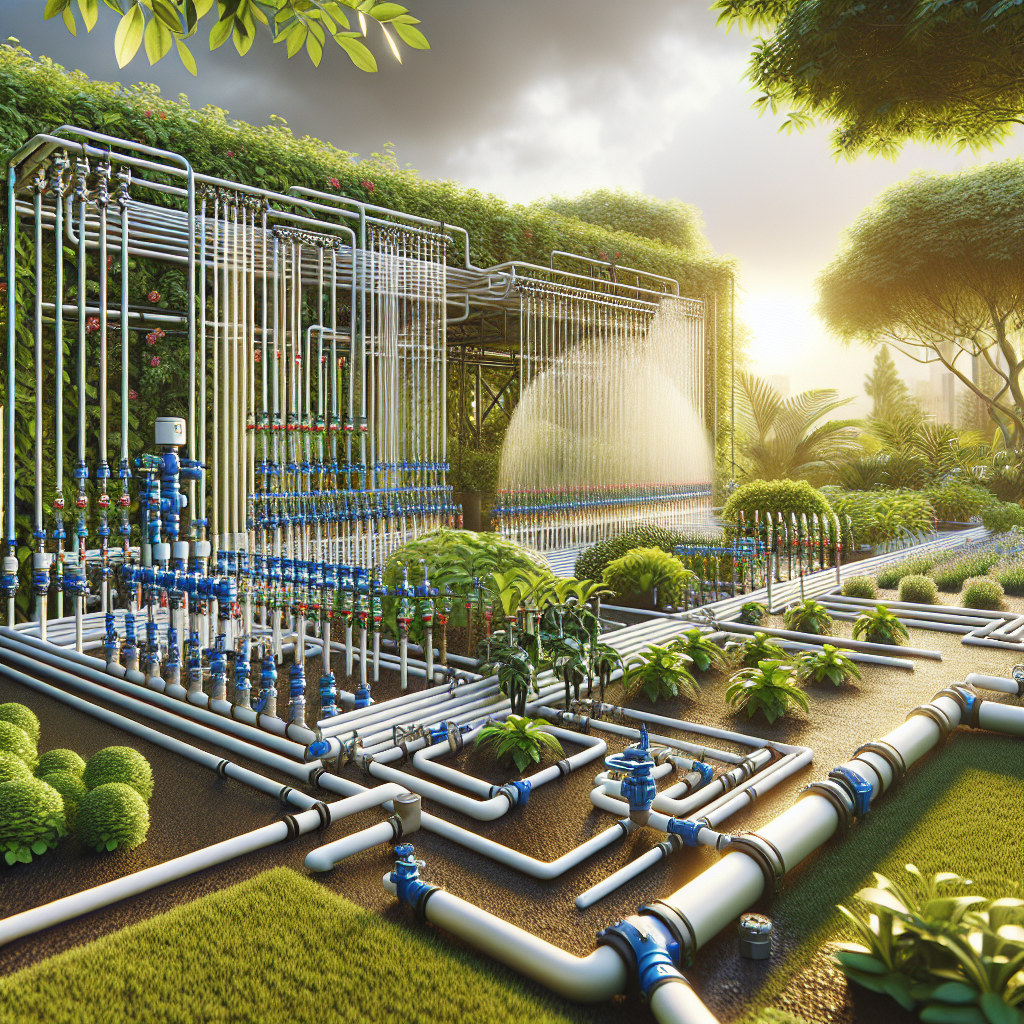Optimize Water Conservation with a Slow Drip Irrigation System
Water is a precious resource, and with increasing concerns over water scarcity and the need for sustainable practices, it has become essential to find efficient ways to conserve water. One effective solution that has gained popularity in recent years is the slow drip irrigation system. This innovative technique not only saves water but also provides numerous benefits for gardeners and farmers alike. In this article, we will explore what a slow drip irrigation system is and why it is an optimal choice for water conservation.
What is a Slow Drip Irrigation System?
A slow drip irrigation system is an irrigation method that delivers water directly to the roots of plants at a slow and steady rate. Unlike traditional sprinkler systems that spray large amounts of water into the air, a slow drip system ensures that moisture is released slowly, allowing it to penetrate deep into the soil where plant roots can access it.
This irrigation method utilizes various components such as tubes, pipes, and emitters to distribute water evenly throughout the garden or field. The emitters are designed to deliver water in small quantities close to the base of each plant, minimizing evaporation and reducing water waste significantly.
Advantages of Slow Drip Irrigation
1. Water Efficiency: One of the primary benefits of using a slow drip irrigation system is its exceptional efficiency in water use. Unlike conventional irrigation methods where significant amounts of water are lost through evaporation or runoff, slow drip systems target only the plants, delivering water directly to their roots. By precisely controlling how much water each plant receives, it eliminates wastage and minimizes overall consumption.
2. Reduced Weed Growth: By delivering moisture directly to plant roots rather than sprinkling it across an entire area, a slow drip irrigation system helps minimize weed growth. Traditional watering methods often result in excess moisture reaching weed seeds across the surface of the soil, encouraging their germination. With precise placement of water through emitters, weed growth is significantly reduced, resulting in less competition for resources.
3. Prevention of Fungal Diseases: By keeping foliage dry, slow drip irrigation systems effectively prevent common fungal diseases that thrive in moist conditions. Sprinkler systems can inadvertently wet plant leaves, creating a breeding ground for pathogens. The slow and targeted release of water reduces the likelihood of foliage diseases, ensuring healthier plants and increased crop yields.
4. Improved Plant Health: Slow drip irrigation provides a consistent supply of water to plants’ roots, promoting healthier growth and development. Unlike traditional methods that may result in uneven watering or overwatering in some areas, a slow drip system allows plants to access moisture as needed without stress from drought or excess water.
5. Time and Labor Savings: Once installed, slow drip irrigation systems require minimal maintenance and supervision. This method offers convenience as there is no need for manual watering or adjusting sprinkler heads regularly, saving valuable time and reducing labor costs.
Installation and Maintenance
Installing a slow drip irrigation system involves planning the layout based on the garden or field’s specific needs. It typically requires the use of polyethylene tubing or PVC pipes connected to emitters that are strategically placed near each plant’s base. The system can be further customized with timers or moisture sensors to automate watering schedules.
Maintenance primarily involves periodic checks for leaks or clogged emitters that could affect water distribution and adjusting the system according to changes in plant growth patterns throughout the seasons. Keeping filters clean ensures proper flow rates and prevents debris from obstructing emitters.
In conclusion, optimizing water conservation with a slow drip irrigation system offers numerous advantages for gardeners and farmers alike. By delivering water directly to plant roots at a controlled pace, this method minimizes waste while promoting healthier plants with reduced weed growth and lower risk of fungal diseases. With its efficiency in water usage, time-saving benefits, and easy maintenance, a slow drip irrigation system proves to be an optimal solution for sustainable water management in both residential and agricultural settings.













